This piece was originally delivered as a speech at the Chey Institute of Advanced Studies in Seoul, South Korea on February 14, 2019.
The goal President Trump will try to advance in Vietnam – the complete denuclearization of North Korea – is a goal genuinely shared by the ROK, China, Japan, Russia, and many other countries.
For the ROK, it would remove a major asymmetry with its northern neighbor and a barrier to North-South reconciliation.
For China, it would reduce a source of regional instability and perhaps result in a decrease in the presence of U.S. military forces in Northeast Asia.
For Russia, it could reduce U.S. incentives to build up homeland missile defenses and boost economic activity in Siberia.
For Japan, it would remove a major military threat.
All states of the region are heavily invested in the goal of complete denuclearization.
But who believes that goal is achievable? Not the U.S. Intelligence Community. Not most experts on North Korea. And probably not some leaders who publicly voice their allegiance to the goal but privately harbor strong doubts about whether it will ever be realized.
Many believe that when Kim Jong Un talks about complete denuclearization, he is defining it in a way that the United States and its allies could not accept — including the withdrawal of U.S. military forces and strategic assets from the vicinity of the Peninsula, or even East Asia.
So we have a huge disconnect between what almost everyone says must be done and what most people say is possible. What should we do about that?
In my view, the United States and others should continue pressing hard for complete denuclearization. But at the same time, they should begin thinking about Plan B.
In the run-up to the Hanoi summit, at the summit, and beyond, the United States should make proposals that test North Korea’s willingness to achieve complete and verifiable denuclearization in a finite timeframe and at an acceptable price. But to put North Korean intentions to a true test, U.S. proposals must be reasonable and in a framework the DPRK is comfortable with. U.S. offers must recognize that denuclearization would be a step-by-step process, with reciprocal benefits at each step along the way — and with North Korea not required to completely surrender its deterrent or declare all its capabilities at the early stages.
A speech by Special Envoy Steve Biegun at Stanford University a couple of weeks ago suggests that the Trump administration may be moving in that direction. He spoke about the need to move simultaneously and in parallel to meet the objectives of both sides. He said he was prepared to discuss U.S. ”corresponding measures” in exchange for DPRK movement toward denuclearization In that connection, he recognized that the United States cannot refuse to do anything until North Korea does everything — an allusion to the perception that the United States would withhold all concessions until denuclearization is completed. He said it was only necessary for North Korea to make a comprehensive declaration regarding its nuclear weapons, missiles, and production facilities before the end of the process — not at the beginning, as the Trump administration originally proposed.
The Administration still has a long way to go, but it is getting more realistic about what’s needed to get serious negotiations underway.
At the Hanoi summit, we are unlikely to learn whether Kim Jong Un is really willing to give up his nuclear weapons. It could take many months of professional-level discussions and perhaps another summit or two before we have a clear answer. I hope the Trump Administration succeeds in getting a credible commitment to denuclearization. But I strongly doubt it will.
What do we do if and when it becomes apparent that complete and verifiable denuclearization is not achievable at a price we are willing to pay?
Some in Washington will want to end the negotiations and pivot to a strategy of squeezing the North Korean regime economically, deterring its aggressive behavior, and eventually bringing about its fundamental transformation or collapse. Such an approach has serious disadvantages. Pyongyang would be free to resume testing and advance its nuclear and missile programs well into the future. The current relaxation of tensions could be replaced by fire and fury. Kim Jong Un’s 2018 charm offensive could make a return to the 2017 maximum pressure campaign a huge challenge. And progress in inter-Korean relations would be reversed.
An alternative course of action would be to negotiate an interim agreement that would cap and perhaps reduce North Korea’s nuclear and missile capabilities. The parties would agree to continue negotiations toward the goal of complete denuclearization, but would not set a deadline. Steve Biegun’s disclosure that the North Koreans have discussed dismantling all their enrichment and reprocessing facilities anywhere in the DPRK — not just Yongbyon— indicates that capping the DPRK’s stock of bomb-making nuclear material could be an important component of such an interim agreement — together with a continued halt to nuclear and missile testing.
An interim agreement also has disadvantages. With no agreement to achieve denuclearization by an agreed deadline, critics would argue that the deal would concede North Korea’s status as a de facto nuclear weapon state. They would also argue that an interim deal would lead to the collapse of international sanctions needed to push North Korea further down the path of denuclearization.
But an interim agreement would also have significant benefits. It would impede further advances in DPRK nuclear and missile programs, making it easier and cheaper for the United States and its allies to develop and deploy effective responses to the North Korean threat. It would reduce the likelihood of a return to fire and fury. It could open channels of communication that could be used to pursue confidence-building measure to reduce tensions and avoid dangerous miscalculations. And it would keep alive the possibility of moving further toward denuclearization.
Of course, there is a third option — muddle along, continue talking, take small ad hoc steps to justify continuing to talk, and pretend that complete denuclearization is really on the table. Politically, that may be the most comfortable option — not having to admit that denuclearization is not in the cards and not having to face criticism for a partial deal. But muddling along is not sustainable for very long.
For now, none of the interested governments are talking about Plan B. Nor should they. Talking about Plan B publicly could become a self-fulfilling prophecy. And for now, Plan B is probably a taboo subject, even for internal discussions. I would guess that is the case now within the U.S. Government. But sooner or later, governments will have to face up to the choice between Plan B options that are not very attractive. Until then, it may be a subject best addressed at non-governmental gatherings such as this one.
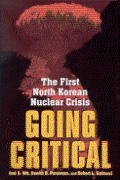

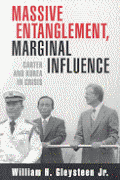

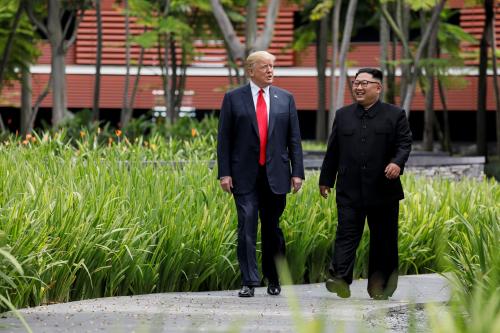
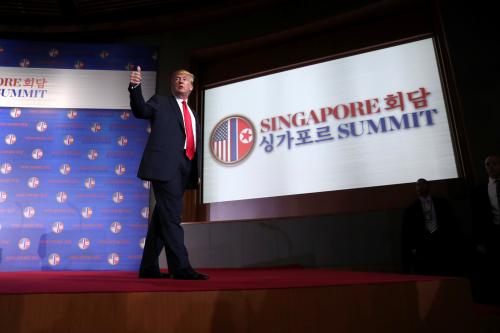

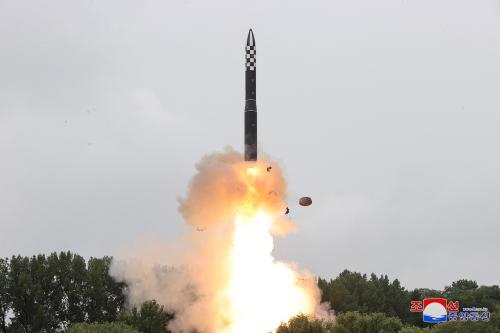
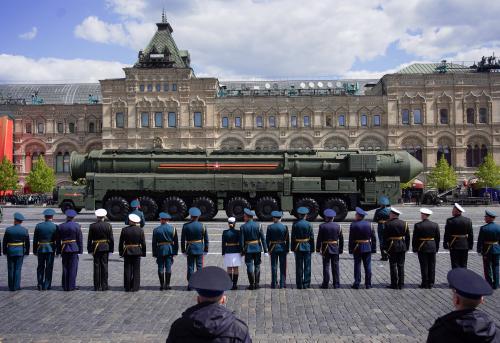
Commentary
On North Korea, press for complete denuclearization, but have a plan B
February 14, 2019